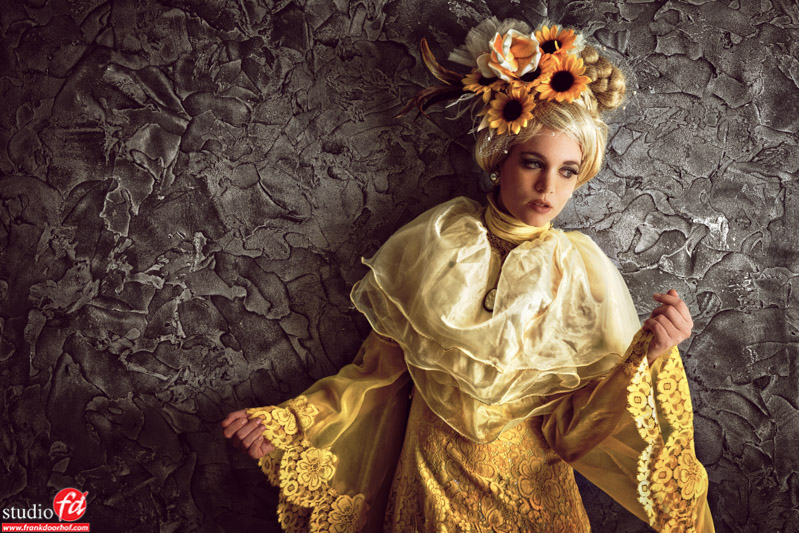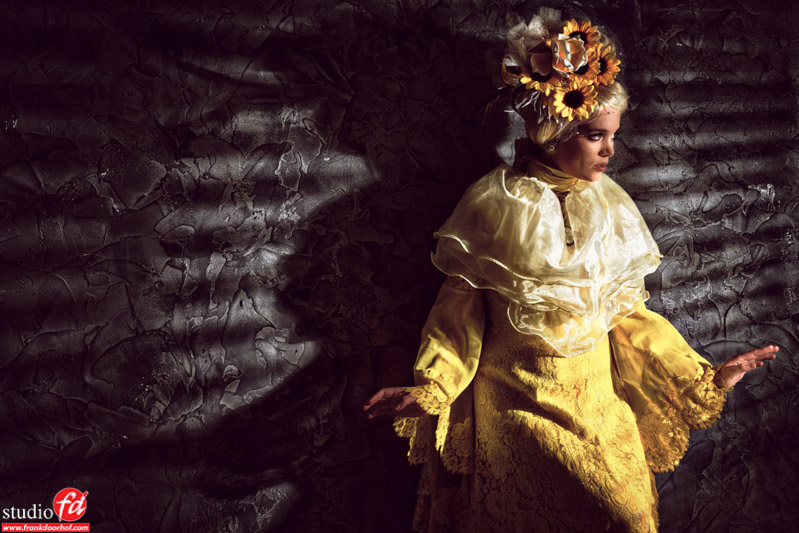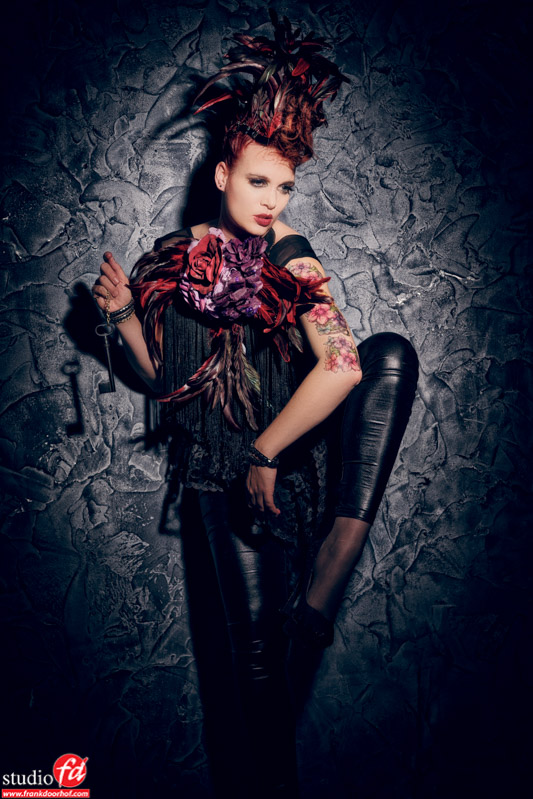Today a quick tip on lighting
Often people ask me what they should use to show patterns on the wall from blinds, racks, chairs etc.
You have to understand that to show patterns you will need a light that is pretty hard, meaning if you place a softbox very close to blinds you will not get the effect you want (see the first example)
This is of course pretty logical because the light is literally spreading around the structure of the item you place in between the model and the light source, meaning you will hardly see any patterns.

when you change the softbox for a reflector or even a bare-bulb strobe you will start to see the effect (see second shot).

Now the fun part comes into the angle of the strobe and… the distance, with all these elements you can control the outcome of the shot.
Good luck.
For much more tips on lighting get my book “Mastering the modelshoot” or download one of my instructional videos via : https://frankdoorhof.com/web/shop-videos-etc/direct-video-downloads/






